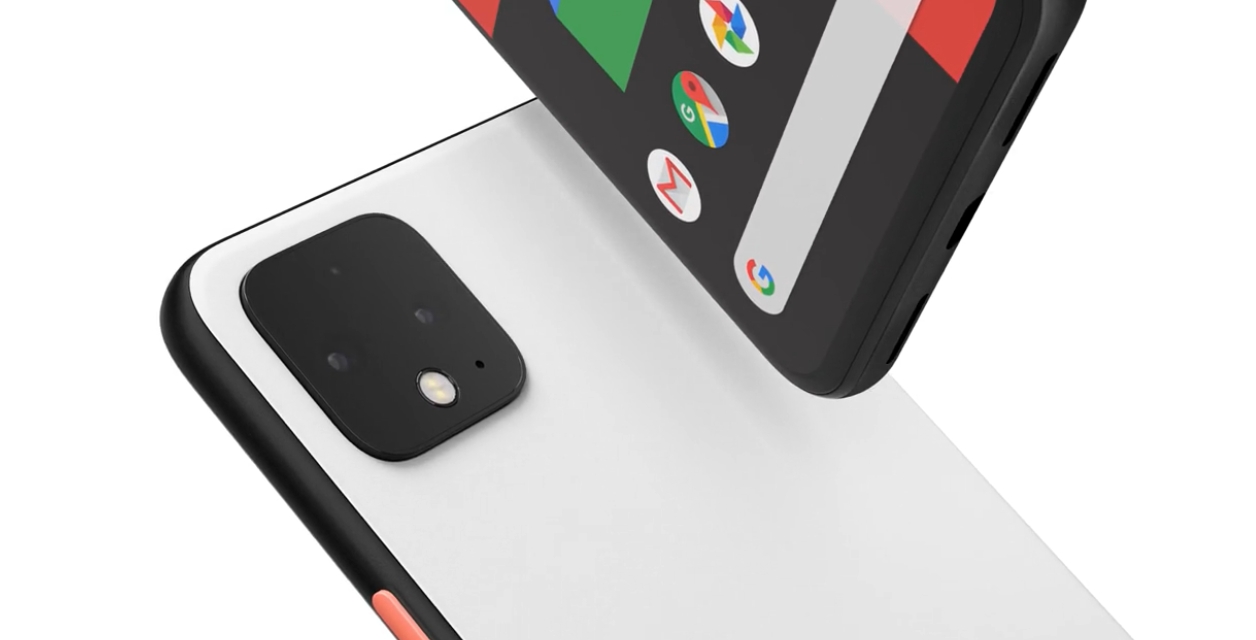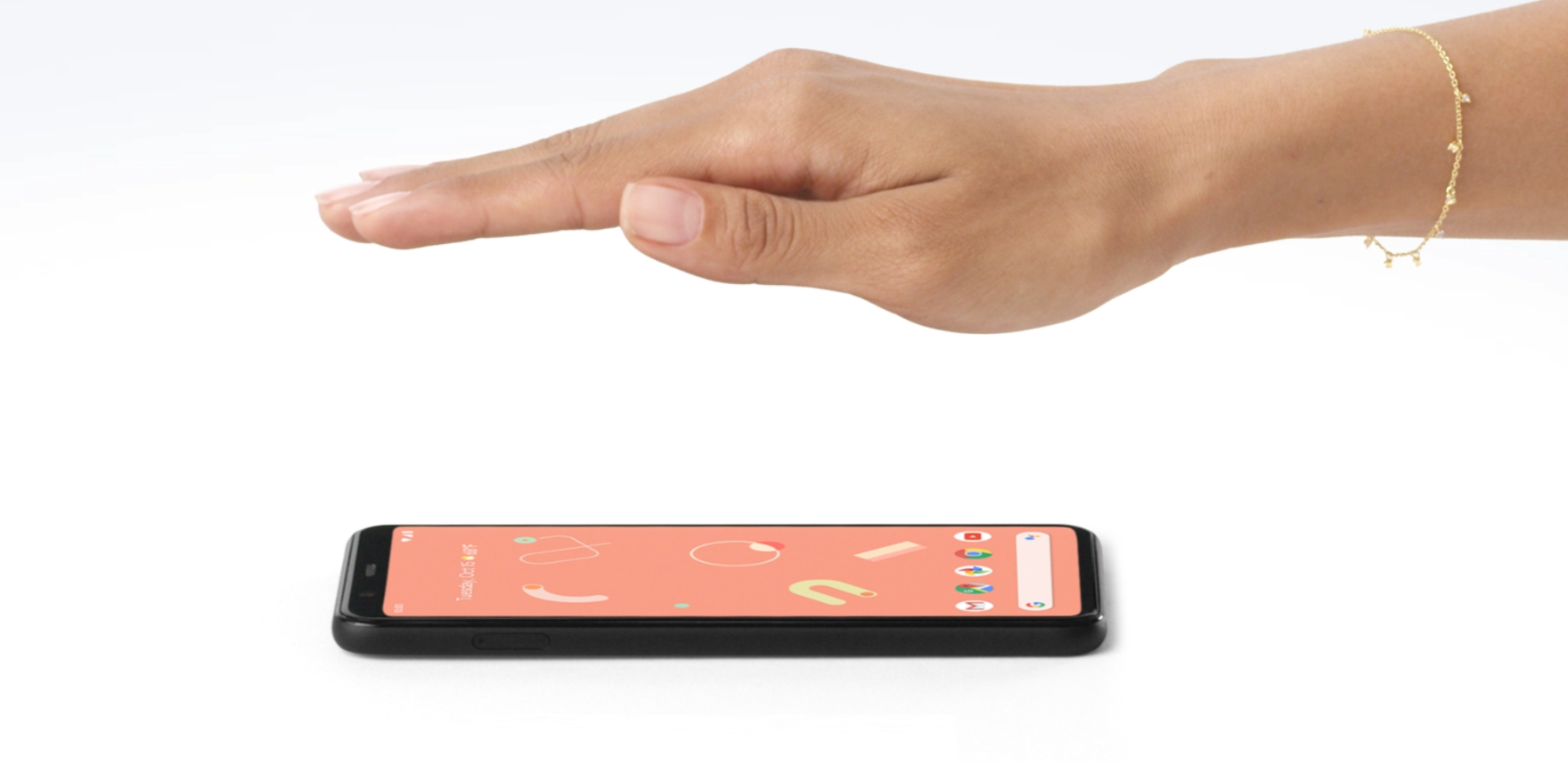The Google Pixel 4 was launched in October of last year (2019), and to be honest with you, the device was a rather underwhelming one. Despite being a big fan of Google’s stock Android experience, both the Pixel 4 and Pixel 4XL were released with some disappointing specs—namely, the tiny 2,800mAh battery juicing the smaller Pixel 4.
This has led to some fairly poor results in terms of sales. The Information reports that only 2 million units of the Pixel 4 were shipped within the first two quarters from launch, compared to 3.5 million for the previous generation of the series. As a result, Google’s hardware chief Rick Osterloh reportedly criticised some of the decisions made on the Pixel 4’s hardware in a meeting—and a major issue was the battery of the device.
“Osterloh informed staff about his own misgivings. He told them he did not agree with some of the decisions made about the phone, according to two people who were present at the meeting. In particular, he was disappointed in its battery power.”

Two senior Pixel team members have now left
The situation has resulted in two senior members of the Pixel team leaving Google. Former General Manager Mario Queiroz has left, along with Marc Levoy, who is described in the report as “the mastermind behind Google’s Pixel camera”.
According to his Linkedin profile, Queiroz has been a Google employee since 2005, and left the company in February for greener pastures at Palo Alto Networks, a cybersecurity firm based in California. It isn’t clear if he left the team of his own accord or was removed, but the report claims that his departure was intrinsically linked to the poor performance of the Google Pixel 4.

Meanwhile, Levoy is regarded as as the computational photography expert behind the Google’s critically-acclaimed smartphone cameras. The “mastermind” left the team in March 2020, and continues to fulfill his duties as a professor at Stanford University’s Computer Science department.
His departure, in particular, leaves a huge hole for Google to fill. Many (used to) regard the image processing capabilities of the Pixel series to be among the best in the market—or even the outright best. This, of course, was reflected in Google’s decision to only have a single rear camera on their smartphones, all the way up to the Pixel 3 series, prioritising image processing capabilities over a multi-camera setup.
For now, we’ll have to wait for the next Pixel device—possibly a more affordable Pixel 4a—to see how these changes affect consumers. That’s set to launch sometime this year, and the recent team shakeup means that the next Google Pixel phone could feature some significant changes.
My guess would be a significantly larger battery capacity, at the very least.
[ SOURCE ]






